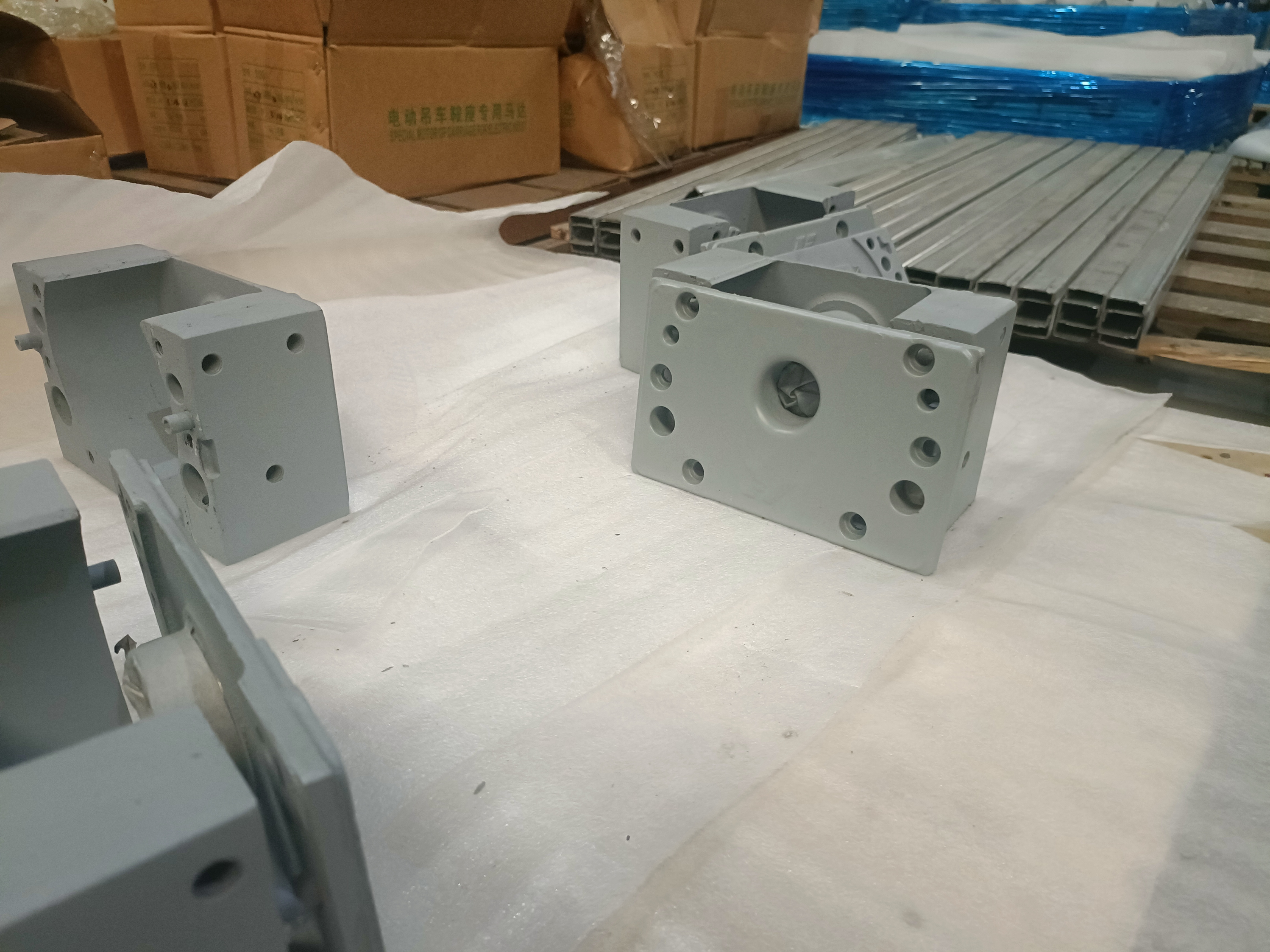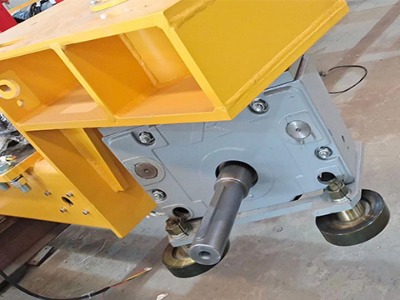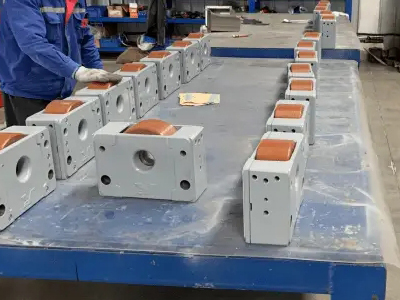How Wheel Blocks Quietly Power Modern Logistics
In automated logistics centers, while attention is often focused on robots and smart sorting systems, the wheel block system acts as an "invisible engine," quietly determining the overall efficiency, energy consumption, and reliability of the entire operation.

Precise Positioning and High-Speed Operation
In automated storage and retrieval systems (AS/RS), stacker cranes are the core of inbound and outbound operations. Their work efficiency is measured by "cycle time," which is the time required to complete a single storage/retrieval operation. High-performance wheel block systems achieve efficiency breakthroughs through the following ways:
Extremely Low Rolling Resistance: Precisely manufactured wheel hubs and bearings, combined with an optimized rail contact surface, allow for easier starting and smoother operation of equipment, enabling faster acceleration and lower energy consumption.
Exceptional Stability and Guidance: This ensures that stacker cranes can travel at high speeds tens of meters in the air without significant vibration, thereby achieving precise positioning and avoiding delays caused by repeated fine-tuning. This is crucial for increasing the overall system's throughput.
Multiplying Reliability
For logistics centers operating 24/7, unexpected equipment downtime translates to significant economic losses. Sudden failure of traditional wheels can halt an entire production line.
Extended Lifespan Design:Wheels made from high-strength alloy steel and advanced heat treatment processes see a substantial increase in wear resistance, extending their service life multiple times. This fundamentally reduces replacement frequency and downtime.
Modular and Standardized Design:Even when replacement is necessary, the modular design of modern wheel block systems makes maintenance work as quick and easy, significantly shortening maintenance windows.
Integrated Smart Sensors:New-generation intelligent wheel blocks can integrate sensors to monitor vibration, temperature, and load data in real-time. Data is analyzed via IoT platforms. The system can provide early warnings of potential failures, enabling "predictive maintenance" and eliminating downtime risks before they materialize.
Energy Saving and Consumption Reduction
Energy consumption is a major component of operating costs in logistics centers. As the power transmission terminal for all mobile equipment, the efficiency of wheel blocks directly impacts total energy consumption.
Reduced Drive Power Requirements:Low-resistance wheel blocks mean the drive system (motors, reducers, etc.) does not need to output excessive torque, allowing for the selection of lower-power drive units. This directly reduces electricity consumption.
Synergy with Energy Recovery Systems:In some advanced systems, when equipment decelerates and brakes, energy recovery systems can convert kinetic energy into electrical energy. Smooth, low-friction wheel blocks ensure this process is more efficient.
Adapting to Complex Scenarios
Modern logistics centers often handle diverse operations and face complex scenarios. Wheel block systems also demonstrate their adaptability here:
Low-Noise Design:In areas near offices or sensitive to noise, wheels made with special materials and structures can effectively reduce operational noise.
Corrosion Resistance and Tolerance for Extreme Environments:For cold chain logistics centers, special wheel sets resistant to low temperatures ensure normal operation in freezer environments. In settings with high cleanliness requirements, dust-proof and anti-shedding designs prevent contamination.
Conclusion
Though a small component, the wheel block system is fundamental to the efficient operation of logistics centers. Its exceptional performance plays a key role in enhancing efficiency, ensuring reliability, and reducing energy consumption, making it an indispensable "invisible engine" for modern intelligent logistics.
Contact Us




